
Basic Lard Soap Recipe
Here's how to make lye soap with lard which is very economical. This recipe creates a hard, long-lasting bars of soap that are pure white and produce lots of lovely bubbles.
Print
Pin
Yield (adjustable): 10 bars (approx)
Ingredients:
- 1000 grams (2.2 lb) Lard
- 133 grams (4.69 oz) Soapmaking Lye
- 266 grams (9.38 oz) Distilled Water
- 30 grams (1.06 oz) Essential Oil or Fragrance Oil your choice
Equipment:
Instructions:
- If you’ve not made soap before, take a look at my full cold process tutorial here.Make sure you are making the soap in a well-ventilated area. Put on your gloves and eye protection, your mask, apron, and long rubber gloves. I always find it best to then prepare and weigh all of the ingredients before starting.

- Weigh the water into a glass jug. In a separate container, weigh your sodium hydroxide/lye crystals. When you’re ready, slowly combine these by pouring your lye crystals into the water (not water into lye) and stirring. This will result in a chemical reaction, and the lye water will begin to increase in temperature and release noxious fumes. Turn your head and lean away while stirring, so as not to breathe any of the fumes in. now place it to one side, somewhere well ventilated, and allow to cool as we get on with our other steps.266 grams Distilled Water, 133 grams Soapmaking Lye
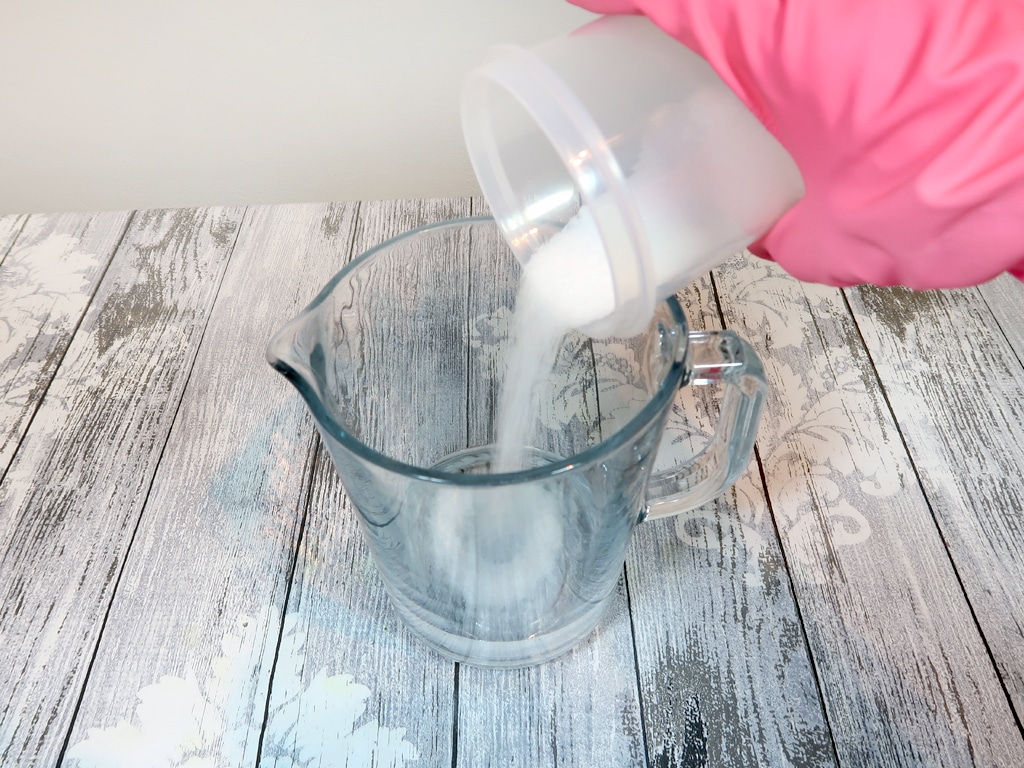
- Weigh and melt the lard. You can do this in a saucepan over a gentle heat, or in a large glass jug and use a series of 30-second bursts in the microwave. If you are using a saucepan, it is so important not to allow the lard to burn. Very gentle heat is all that is necessary.1000 grams Lard
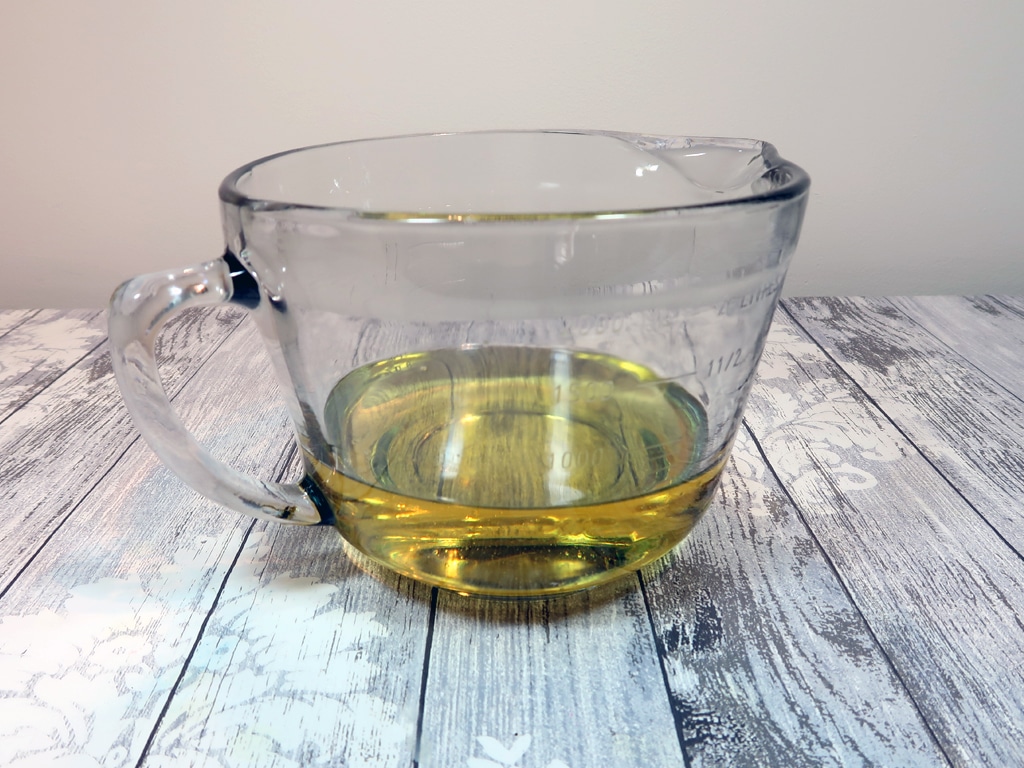
- Whilst your oils and lye are cooling weigh out your essential /fragrance oil and prepare your mold if needed. As mentioned earlier, lard soap batter reaches trace quickly so it's good to be prepared.
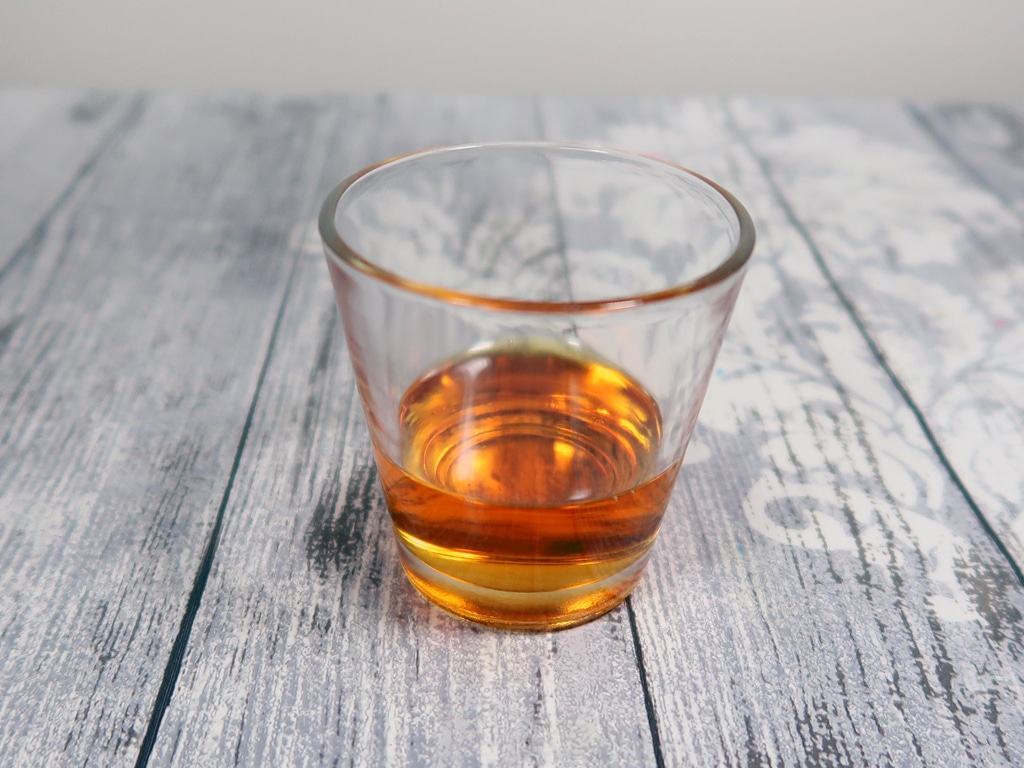
- When the lye and oils have cooled to around 120° F (54C) to 90f (32c), pour the lye/water mixture into the oils in a thin stream.
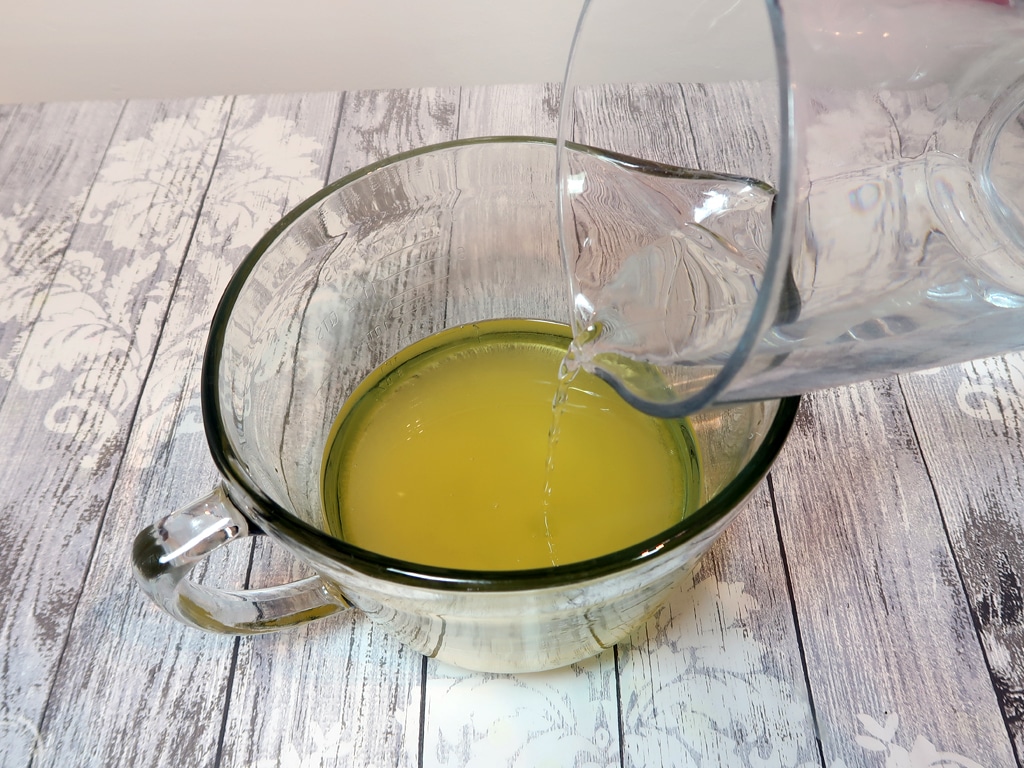
- Use an electric stick blender to blend your mixture in bursts of a few seconds.
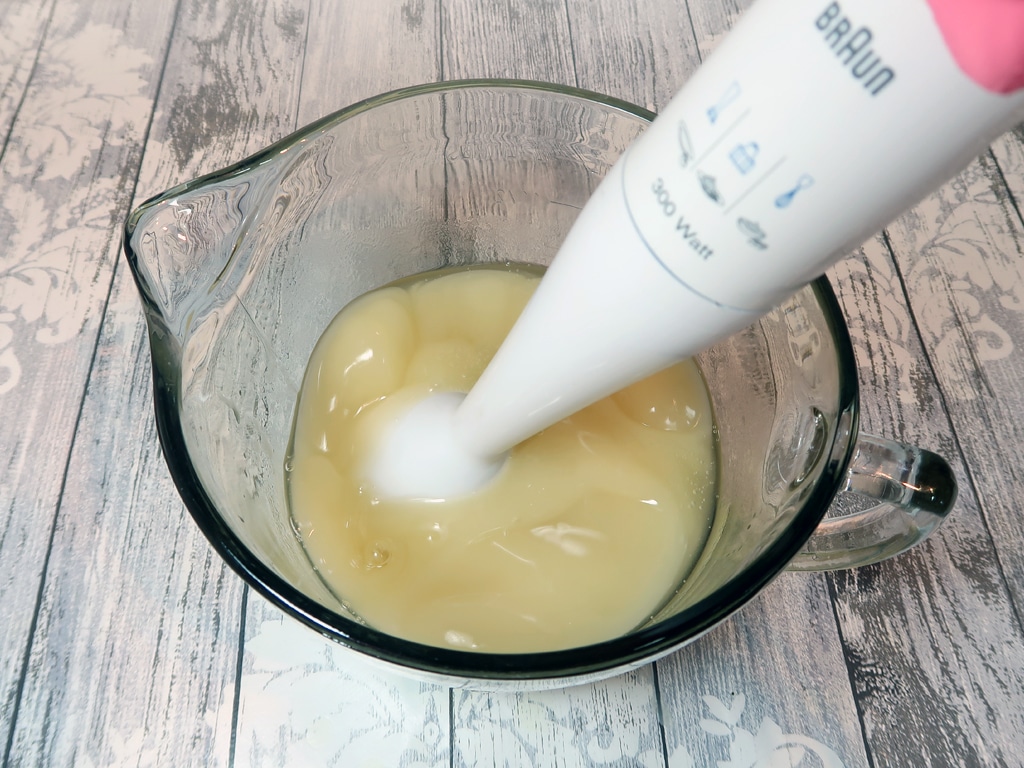
- Continue blending until the batter is thick enough to leave a trace line on the surface of the mixture when you trickle some of the soap off the blender or a spoon. (commonly referred to as the ‘trace stage’)

- Add any optional coloring and essential/fragrance oils and stir well. In this soap, I am not using any soap pigment as I want to keep things simple, but you can add a variety of soap safe pigments to create whatever color your heart desires.30 grams Essential Oil or Fragrance Oil
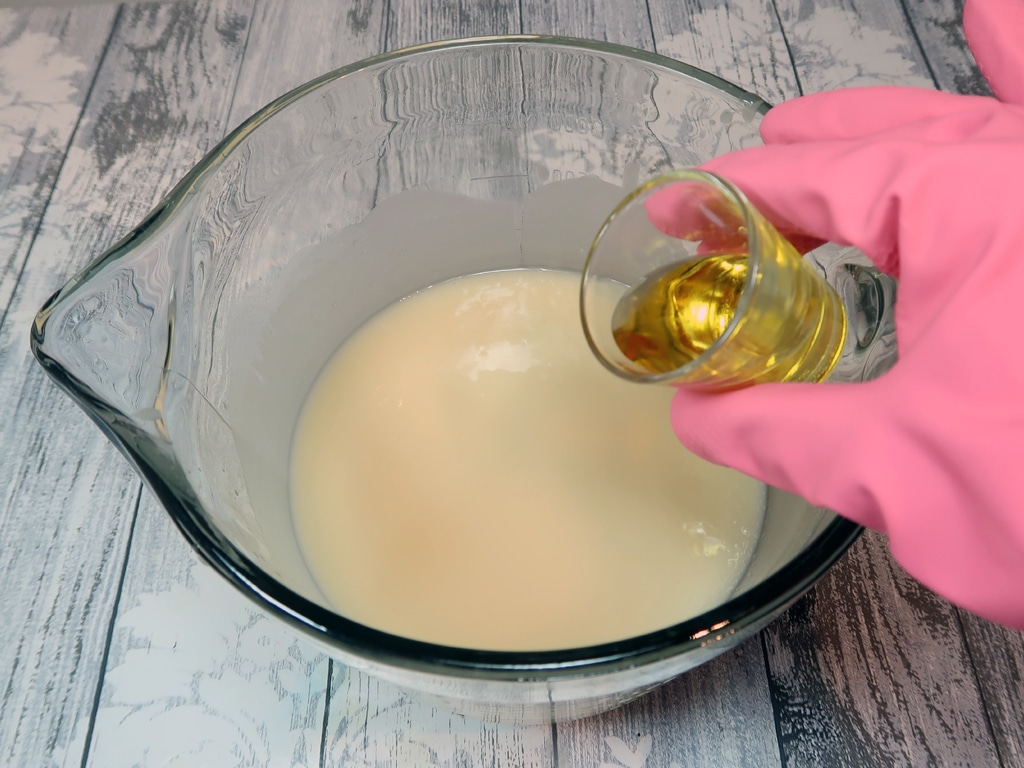
- Pour your soap into the mold. Cover the top with a lid or card, then wrap it in a towel and allow it to set for 24 hours in a nice warm area.
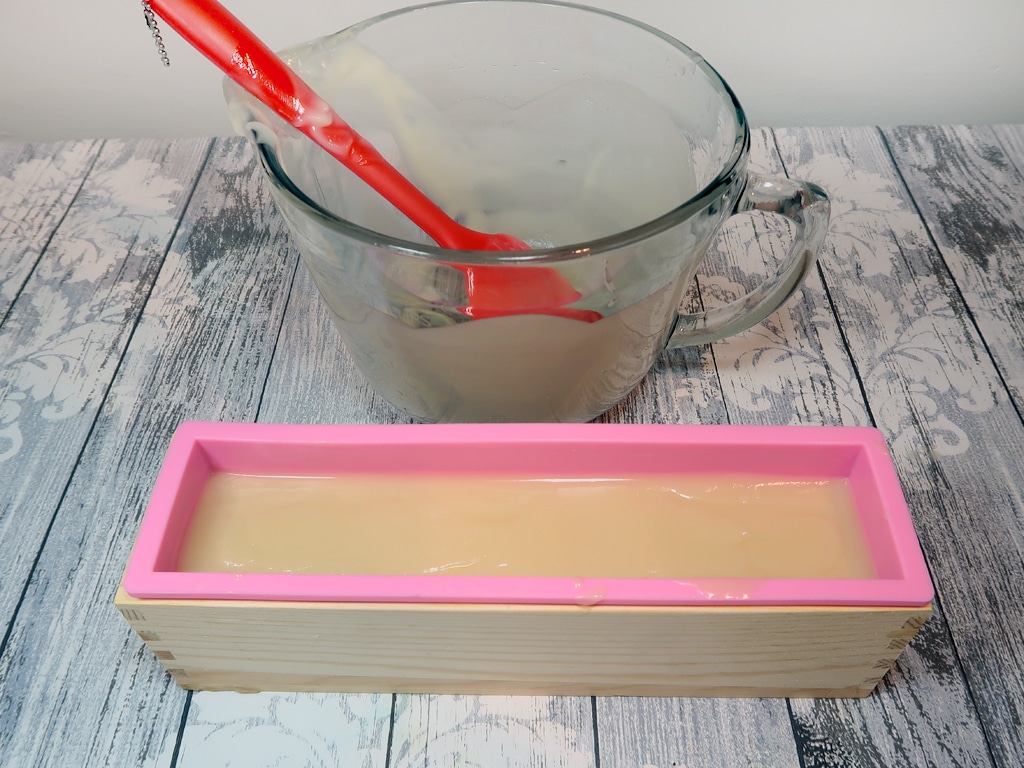
- After 24 hours the soap should be hard enough to remove it from the mold. The soap should still be soft enough to cut into bars with a dedicated kitchen knife or soap cutter.
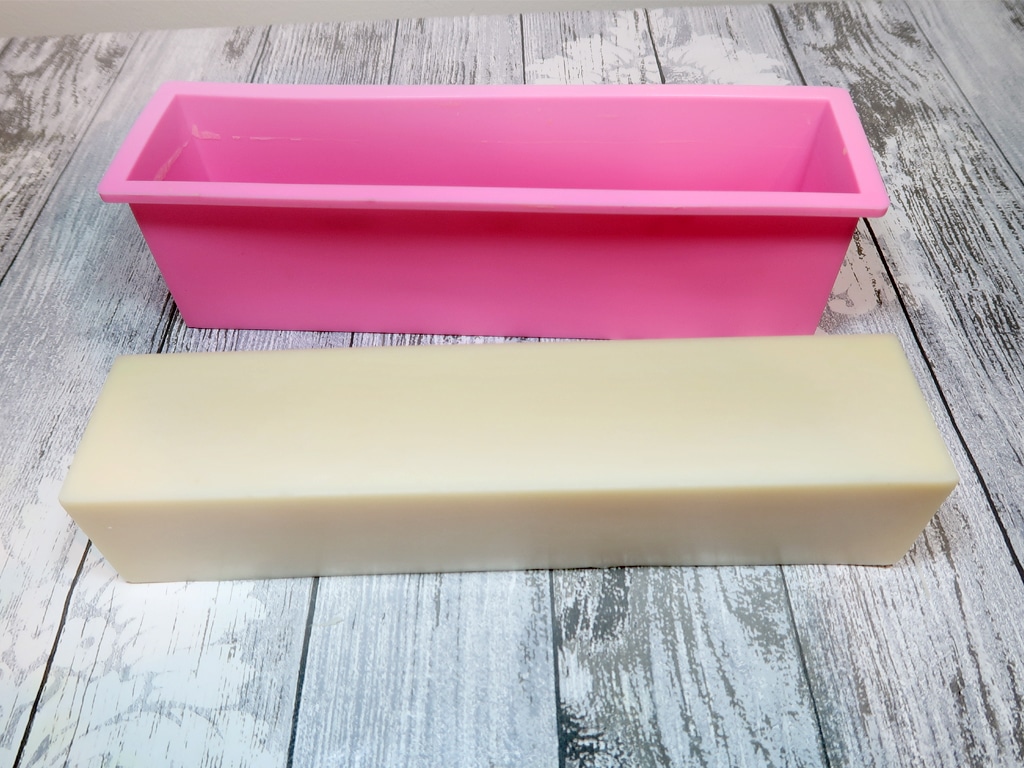
- Once you’ve cut your bars, You will then need to leave your soap in a dry place to cure for around a month, turning once in a while before it’s ready for use.

Tried this projectMention @Savvyhomemade or tag #savvyhomemade!